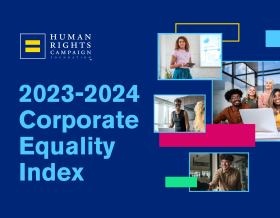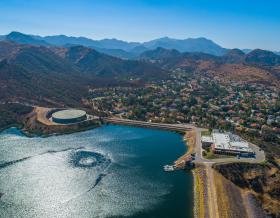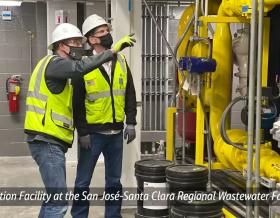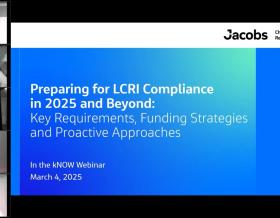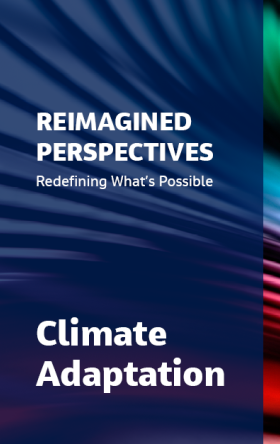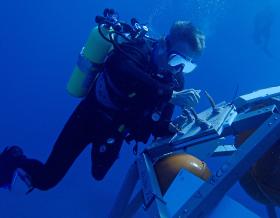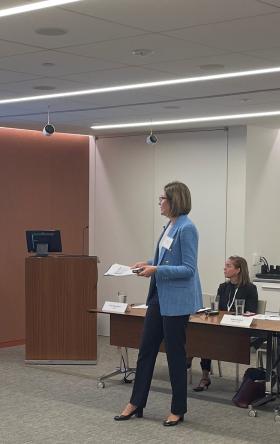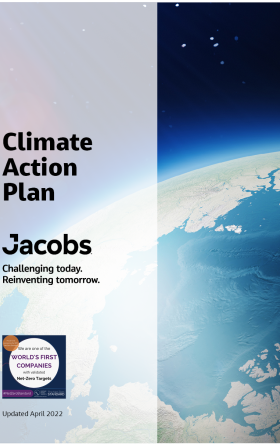PFAS and Emerging Contaminants
Addressing challenges related to per- and polyfluoroalkyl substances (PFAS) and emerging contaminants

Our multi-disciplinary experts partner with clients to drive strategies that manage risks and exposures related to PFAS and other emerging contaminants, leading to flexible, scalable solutions to eliminate sources and to address contamination.
What we do
Our PFAS solutions address the full PFAS lifecycle.
-

Industrial production, supply chains and manufacturing
- Discharge mitigation planning
- Discharge permitting
- Supply chain impact assessment
- Alternative materials analysis
-

Product use
- Fire suppression system redesign and reconfiguration
- Risk identification and prioritization
- Supply chain impact assessment
- Alternative materials analysis
- Discharge mitigation planning
- Discharge permitting
-

Environmental remediation and regeneration
- Discharge mitigation planning
- Discharge permitting
- Environmental site identification, characterization, investigation and risk assessment
- Digital data mapping and source differentiation
- Treatment/remediation technology evaluation and adaptation advisory
- Treatability testing
- Treatment/remediation design, construction implementation, operations and maintenance
-
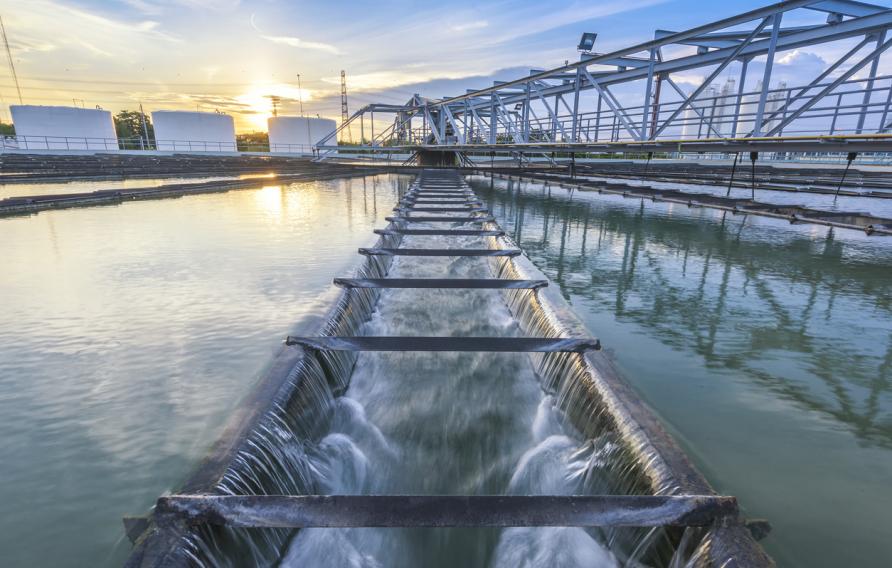
Drinking water, wastewater, biosolids and reuse
- Initial investigations and risk evaluations
- Digital data mapping and source differentiation
- Treatment/remediation technology evaluation and adaptation advisory
- Treatability testing
- Treatment/remediation design, construction implementation, operations and maintenance
- Biosolids management
-

Consulting, advisory and support
- Cost effective capital planning & funding support
- Regulatory impact advisory
- Risk identification and prioritization
- Program management and strategic planning support
- Community engagement and involvement
- Research and development
-
Explore our projects
We’re working on projects around the globe to address PFAS and other emerging contaminants.
-

Woodbury PFAS Water Treatment Project
Working with the City of Woodbury, Minnesota to design one of the largest drinking water treatment facilities for PFAS removal in the U.S.
-

Jack Garland Airport Remediation Project
Improving the health and safety of the City of North Bay and its citizens by tackling PFAS contamination.
-

PFAS Risk Screening for England’s Environment Agency
Pioneering the use of data, GIS and multi-criteria analysis to accurately prioritize PFAS risk on a national scale.
-

PFAS investigations at 85 U.S. Navy installations and facilities
Provided preliminary assessments, site inspections, remedial investigations and residential drinking water analyses, meeting aggressive reporting schedules.
-

Multi-site PFAS investigation program in Australia
Developed an investigation framework for 37 civilian airports in Australia to prioritize remediation across various sites. The approach eliminated the variation between sampling strategies, data management and presentation by providing a standardized methodology, sampling approach and reporting structure.
-

PFAS Investigation and Management for the Australian Defence Force
Providing the client-side technical advisor and project manager roles for the Defence PFAS Investigation Management Program. This includes project management, technical review/advice and stakeholder engagement for all investigation and remediation works across the entire Defence Estate.
Meet some of our team
Read more about the talent who make it happen every day.
-

Dora Chiang
Global Principal for PFAS and Emerging Contaminants, Environment
-

Katie Walker
Global Principal for PFAS
-
Sharon Minchak
Global Director for Environmental Remediation
-

Ali Salter-Blanc
Emerging Contaminants Community of Practice Co-Leader
-

Bahman Bani
Emerging Contaminants Community of Practice Co-Leader
-

Russell Ford
Global Director for Drinking Water & Reuse
-
Geoff Hood
Director of Land Quality, Europe
-

Brad Simmons
Technical Director - Contaminated Land, Australia
Read our latest news
From new project wins and milestones to reports, podcasts, and industry insights, discover what we're up to.
-
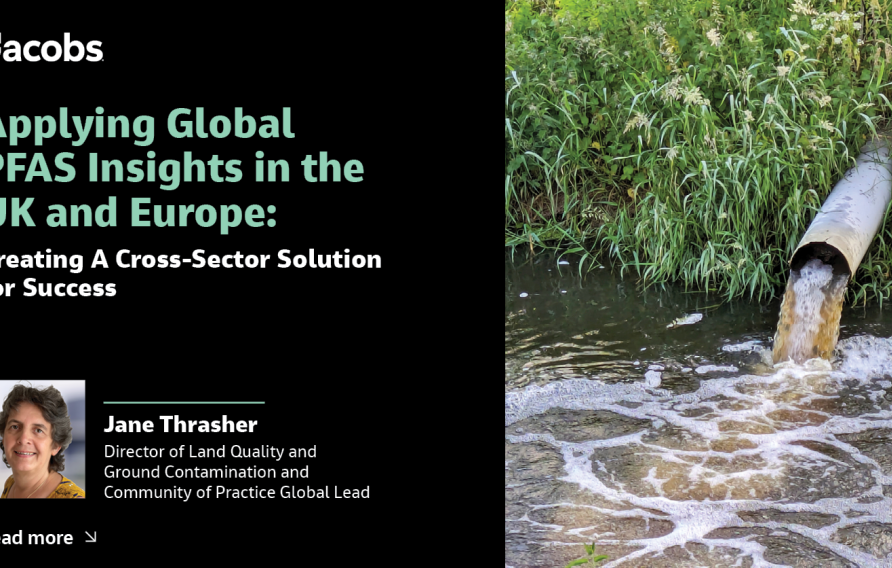 News
NewsApplying Global PFAS Insights in UK and Europe: Creating A Cross-Sector Solution for Success
The rising impact of per- and polyfluoroalkyl substances is arguably the greatest remediation and regeneration challenge our world has faced in the last 50 years. Add in the complexity of fast-changing regulation and compliance, and we’re collectively facing a moving, morphing target — just like the chemicals that make up PFAS. The answer lies in an innovative mix of talent, technology and industry collaboration, and Jane Thrasher, director of land quality and ground contamination, is pioneering the ideal formula.
-
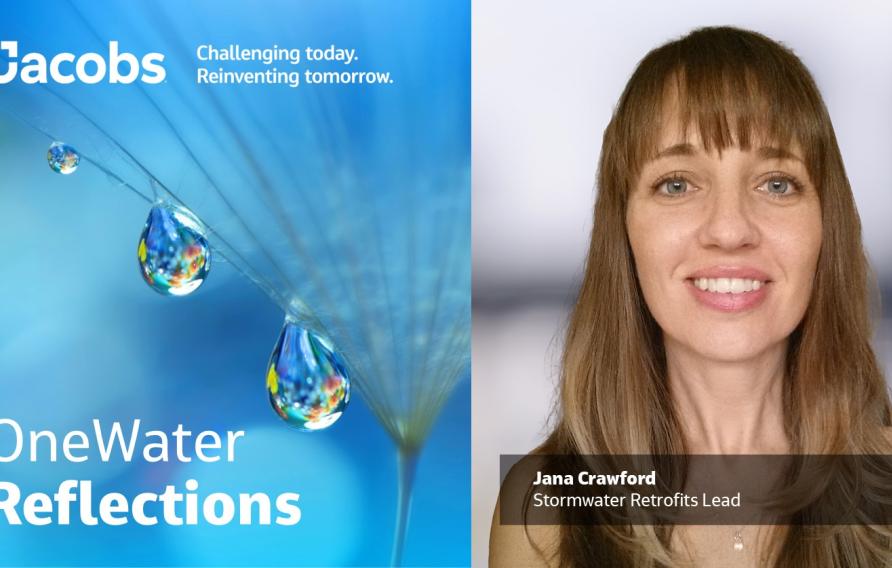 News
NewsFrom Pavement to Stream: The Impact of 6PPD-Q on Water Ecosystems
While not yet a household name, 6PPD-Q is entering the regulatory spotlight. Jacobs’ Stormwater Retrofits Lead Jana Crawford discusses the impact of this tire-derived emerging contaminant and how it can be addressed in stormwater.
-
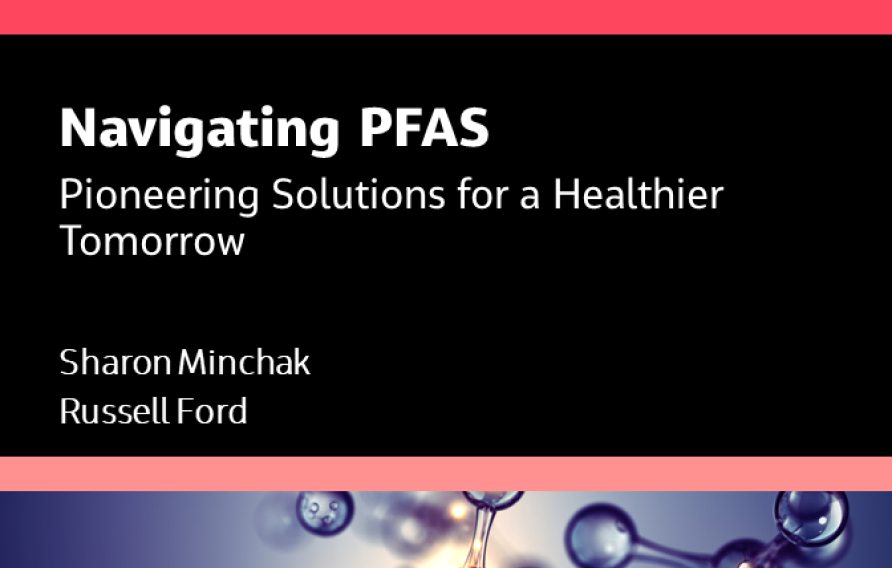 Podcasts
PodcastsNavigating PFAS: Pioneering Solutions for a Healthier Tomorrow
How are PFAS affecting your work and our world? Per- and polyfluoroalkyl substances are a large class of long-lasting, synthetic chemicals used extensively in industrial and household products. Many PFAS don’t degrade readily on their own, and some are highly mobile in the environment. They can be found worldwide in water, soil, air, plants, animals and even our bloodstreams. We’re still uncovering the full impact of these chemicals on the health of humans and our environment, but here’s what is clear: it’s a complex challenge at scale to remediate these so-called “forever” chemicals. Our guests are defining the solutions for clients and the industry: Sharon Minchak, Global Solutions Director for Remediation and Regeneration at Jacobs, and Dr. Russell Ford, Global Director for Drinking Water & Reuse Solutions at Jacobs.
-
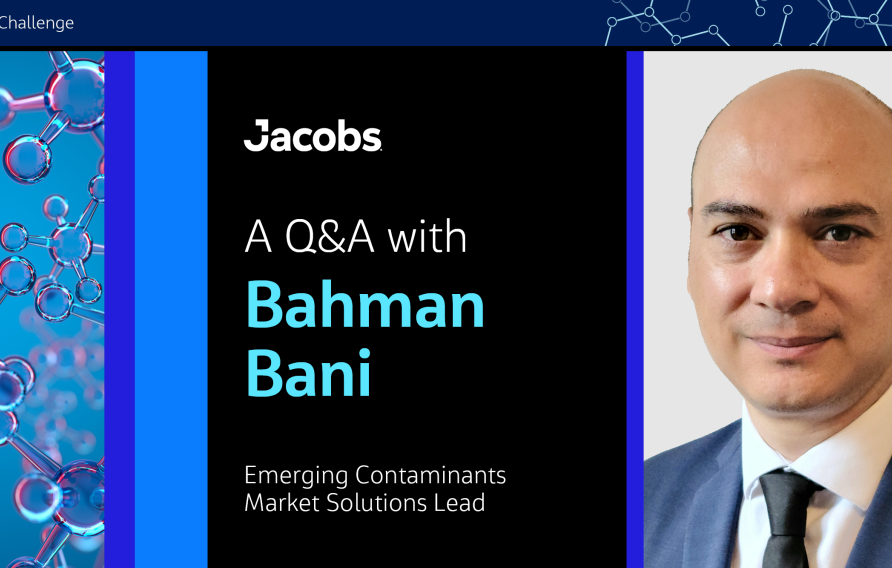 News
NewsA View on the Future of PFAS Liability: A Q&A with Bahman Bani
The contamination of per- and polyfluoroalkyl substances (PFAS) is one of the greatest chemical remediation challenges in the world right now and PFAS regulation and compliance is rapidly changing to adapt to the true scale of the problem. Pioneers and problem-solvers like Bahman Bani, Jacobs' senior environmental remediation engineer, are helping to discover the best way forward for clients and communities.
-
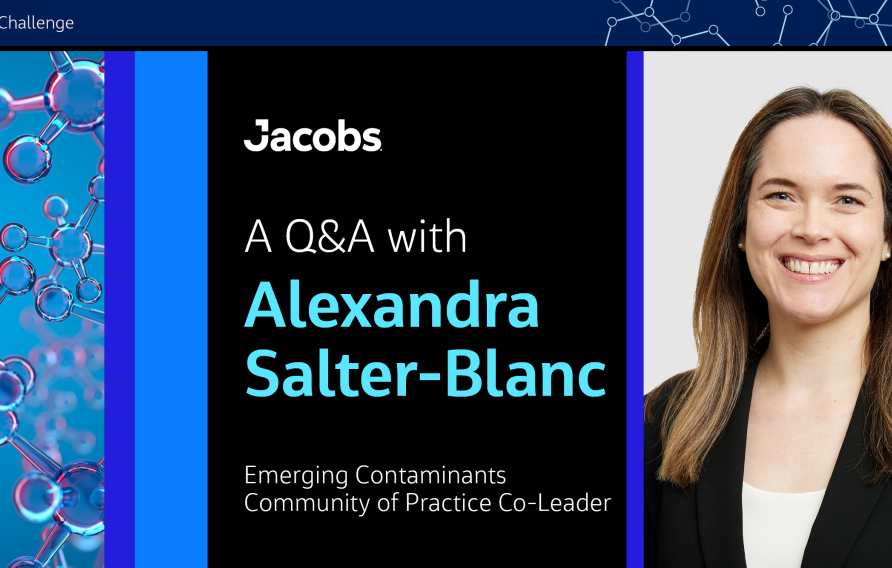 News
NewsA View on the Future of PFAS, Emerging Contaminants: A Q&A with Ali Salter-Blanc
One of the most critical challenges in chemical remediation globally is addressing the growing impact of per- and polyfluoroalkyl substances (PFAS) and providing practical solutions. Emerging Contaminants Community of Practice Co-Leader, Ali Salter-Blanc, shares her deep insights and industry experience.
-
 News
NewsA View on the Future of PFAS: A Q&A with Dora Chiang
Our Global Principal for PFAS and Emerging Contaminants explains how Jacobs is developing characterization, treatment and remediation solutions for per- and polyfluoroalkyl substances (PFAS) amidst a rapidly evolving regulatory environment.
Contact us
Get in touch with our PFAS team today.

